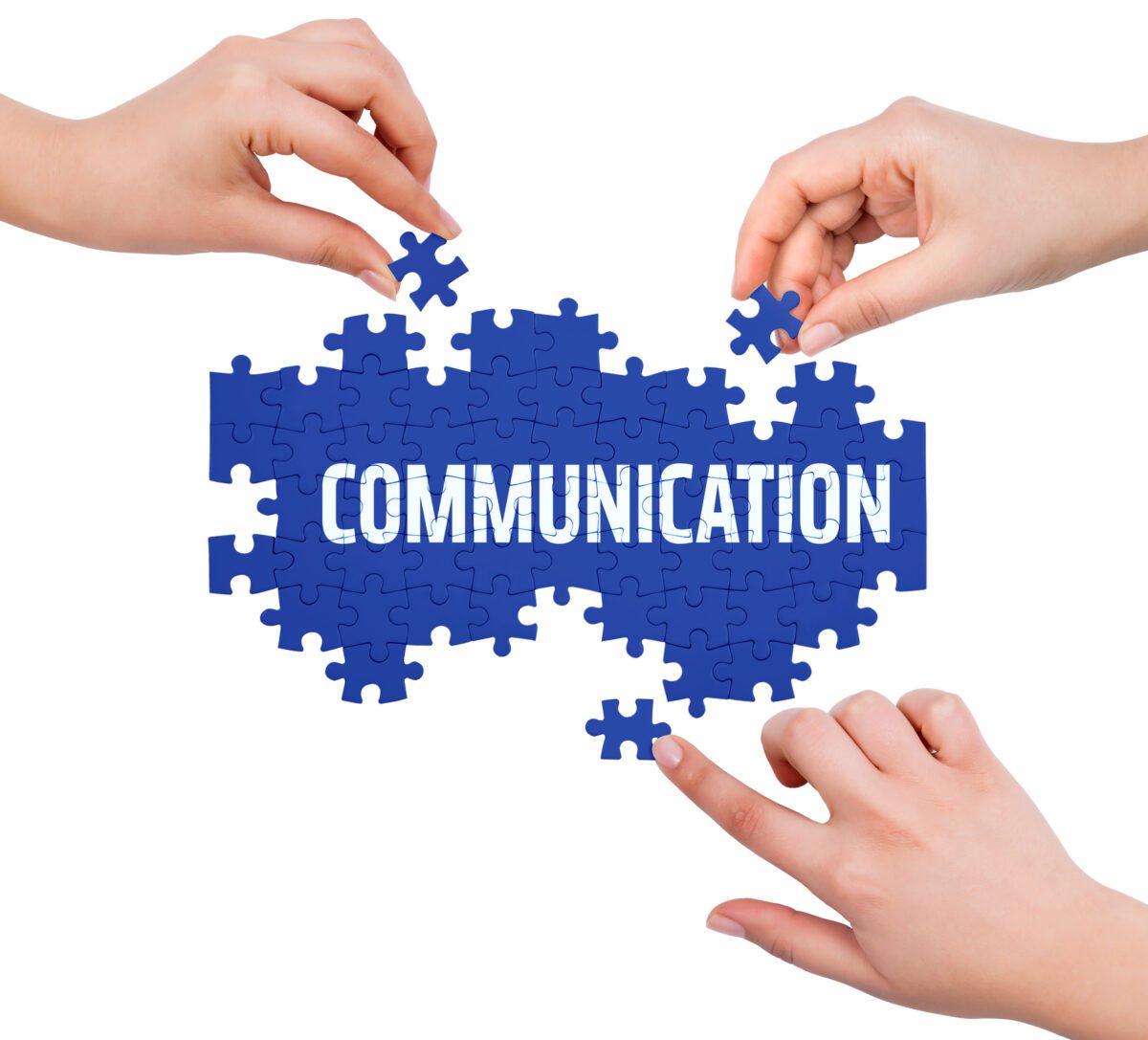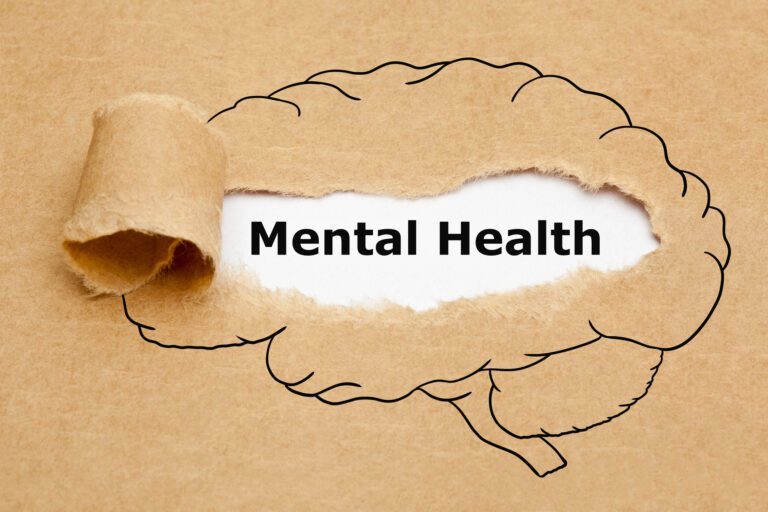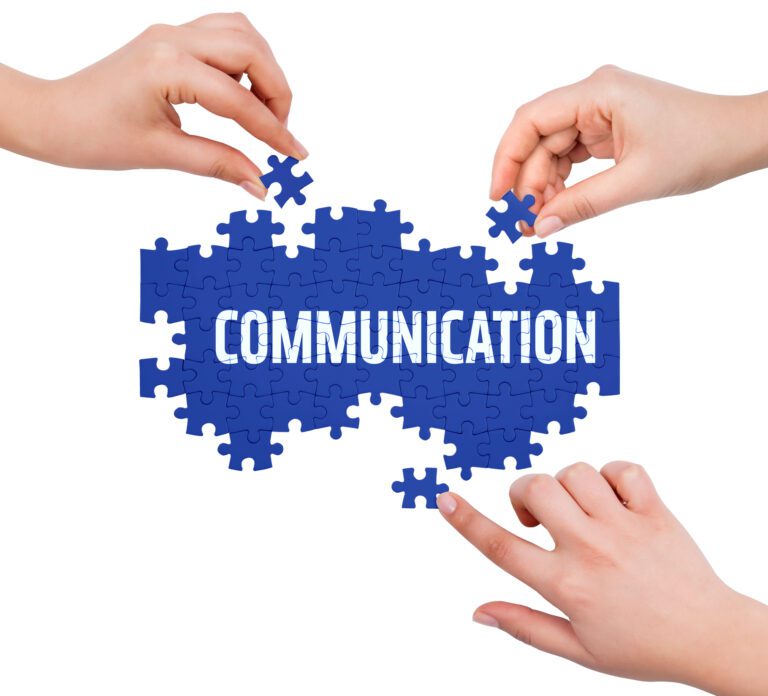When communicating with teachers about your child’s ADHD (Attention-Deficit/Hyperactivity Disorder), it’s important to establish clear and effective communication to ensure your child’s needs are understood and addressed appropriately. Here are some tips on how to approach this conversation:
- Schedule a Meeting: Reach out to the teacher and request a meeting to discuss your child’s ADHD. This allows you both to have dedicated time to talk without distractions.
- Prepare Ahead of Time: Make a list of key points you want to cover during the meeting. Include information about your child’s diagnosis, any accommodations they might need, and any strategies that have worked well in the past.
- Educate About ADHD: Teachers may not be familiar with all aspects of ADHD. Provide them with general information about the disorder, its symptoms, and how it might impact your child’s learning and behavior.
- Share Medical Information: If you’re comfortable, share relevant information from your child’s healthcare provider or therapist. This could include details about their ADHD diagnosis, any medications they’re taking, and any specific recommendations for classroom support.
- Discuss Accommodations: Talk about any accommodations your child might need to succeed in the classroom. This could include things like extended time for assignments, preferential seating, or breaks to help manage their attention.
- Highlight Strengths: While discussing challenges, also highlight your child’s strengths. ADHD individuals often possess unique qualities that can contribute positively to the classroom environment.
- Collaborate on Strategies: Work together to identify strategies that could help your child manage their ADHD symptoms. This could involve implementing organizational tools, creating a routine, or using fidget tools discreetly.
- Regular Check-Ins: Establish a plan for regular check-ins with the teacher to discuss your child’s progress and any adjustments that might be needed.
- Open Communication Channels: Provide the teacher with your contact information and encourage them to reach out if they have questions or concerns. Likewise, let them know you’re available to address any queries they might have.
- Respectful Language: Use respectful and non-confrontational language during the conversation. Frame the discussion as a collaborative effort to support your child’s success.
- Listen to the Teacher: Teachers have valuable insights about your child’s behavior and interactions in the classroom. Listen to their observations and be open to their suggestions.
- Follow Up: After the initial meeting, send a follow-up email summarizing the discussed points and any agreed-upon action items. This provides a record for both you and the teacher.
Remember, the goal of this conversation is to create a supportive and effective learning environment for your child. By working together, you can ensure that your child’s educational experience is tailored to their needs and strengths.













